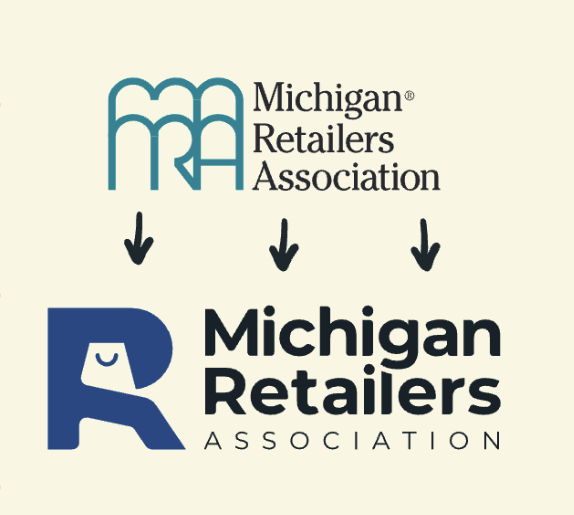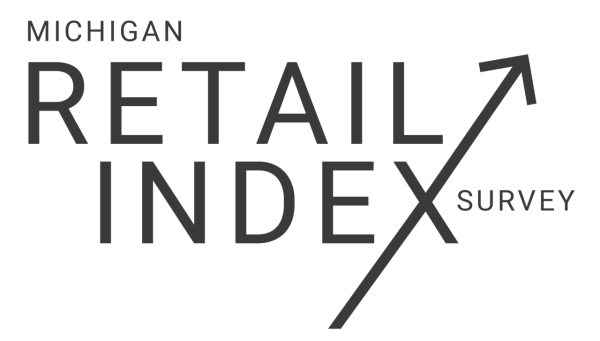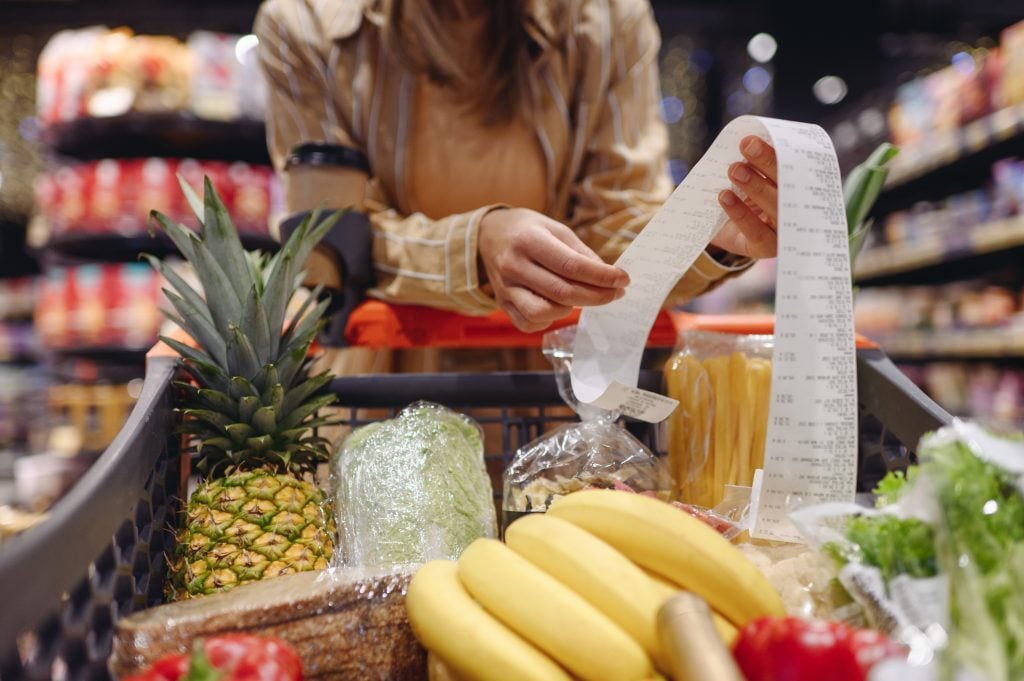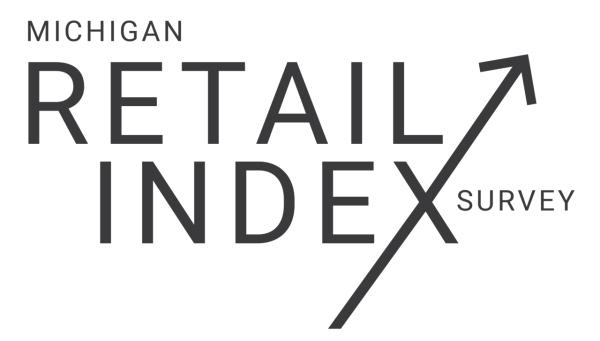James Carville, Bill Clinton’s political advisor famously said in 1992, “it’s the economy, stupid.” The 2024 election season seems to be taking a page out of that book with campaigns focusing on the impact consumers are feeling related to increased prices due to inflation or “corporate price gouging,” depending on which candidate is speaking.
There’s no question that prices have increased and Americans are paying more. But many economists, including the economists at the Federal Reserve Bank of San Francisco (SF Fed), say the inflation surge can be better explained by more traditional factors: higher production costs, supply chain disruptions, and a drop in available labor during the post-pandemic recovery just as consumer demand rose.
The grocery and food retail industry was a little surprised to find itself the scapegoat for inflation and accused of engaging in “corporate price gouging” when the industry itself routinely has one of the slimmest profit margins. The latest data published by New York University shows the food retail industry had a 1.18% net profit margin in 2023.[1]
In 2023, the Federal Reserve Bank of Kansas City reported that tight labor markets and wage increases have put upward pressure on the costs of labor, production, and distribution, which have been passed on to consumers and are major contributors to rising grocery prices.
“Food prices are affected by a lot of things. The weather, geopolitics, the pandemic, and all the supply chain issues and massive amounts of monetary and fiscal stimulus. And that caused prices to go haywire in a lot of industries,” Scott Lincicome, Vice President of General Economics and Trade at the Cato Institute, told FOX Business. “There’s really not a lot of evidence that there’s any sort of price gouging, or profiteering, or corporate greed.”
Despite inflation being economy-wide, consumers tend to feel the impact of inflationary pressure and cost increases most profoundly when checking out at the grocery store. Food prices are up 21% from the start of 2021, shelter costs are up 21.6%, and energy prices are up 32%. At the same time, the cost of groceries is up just 3.2% when compared with January 2023.[2] Unfortunately for grocers, most of those other increased bills aren’t coming out of consumers’ bank accounts as frequently.
“Overall, our analysis suggests that fluctuations in markups were not a main driver of the post-pandemic surge in inflation, nor of the recent disinflation that started in mid-2022,” the SF Fed researchers wrote.
While they did not find a link to price gouging, the SF Fed researchers noted corporate profits did rise after the pandemic, but this is far from abnormal or pronounced compared to previous recoveries. SF Fed data shows that the increase in corporate profits is “not particularly pronounced compared with previous recoveries,” which did not experience high inflation.
In May, Chief U.S. Policy Strategist at AGF Investments, Greg Valliere, told CNN the White House is “desperate to blame someone or something for inflation. Blaming greedy corporations is just looking for scapegoats.”

[1] Data collected and calculated by NYU Leonard N. Stern School of Business in 2023.
[2] According to FOX Business calculations.






